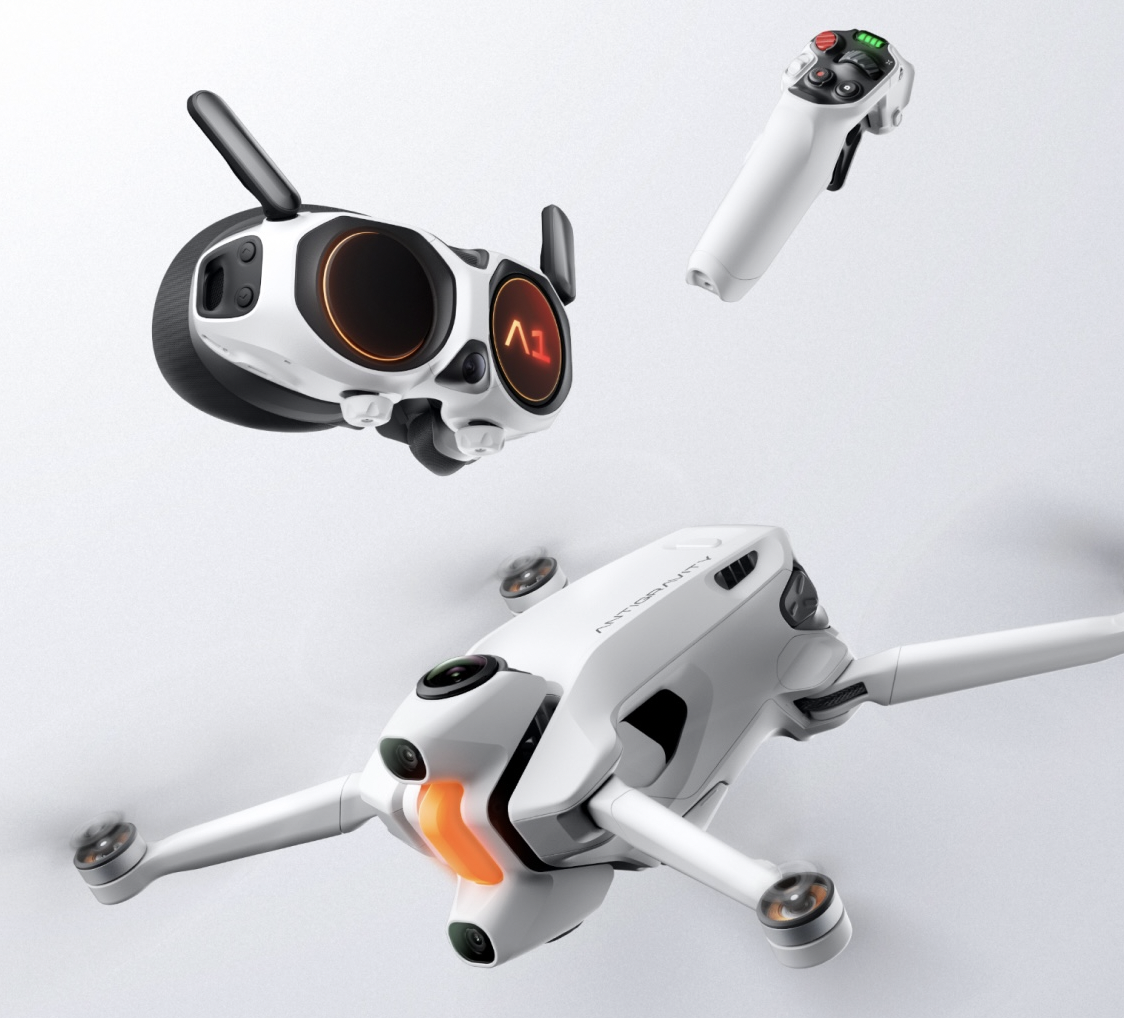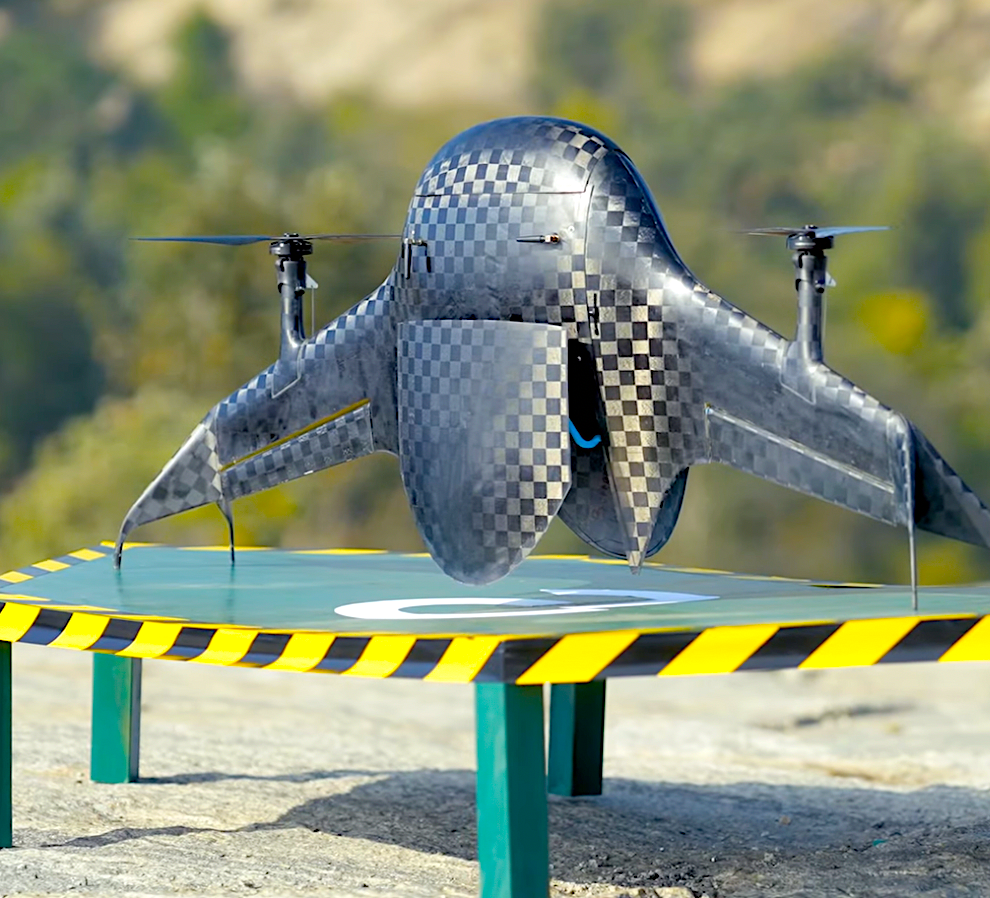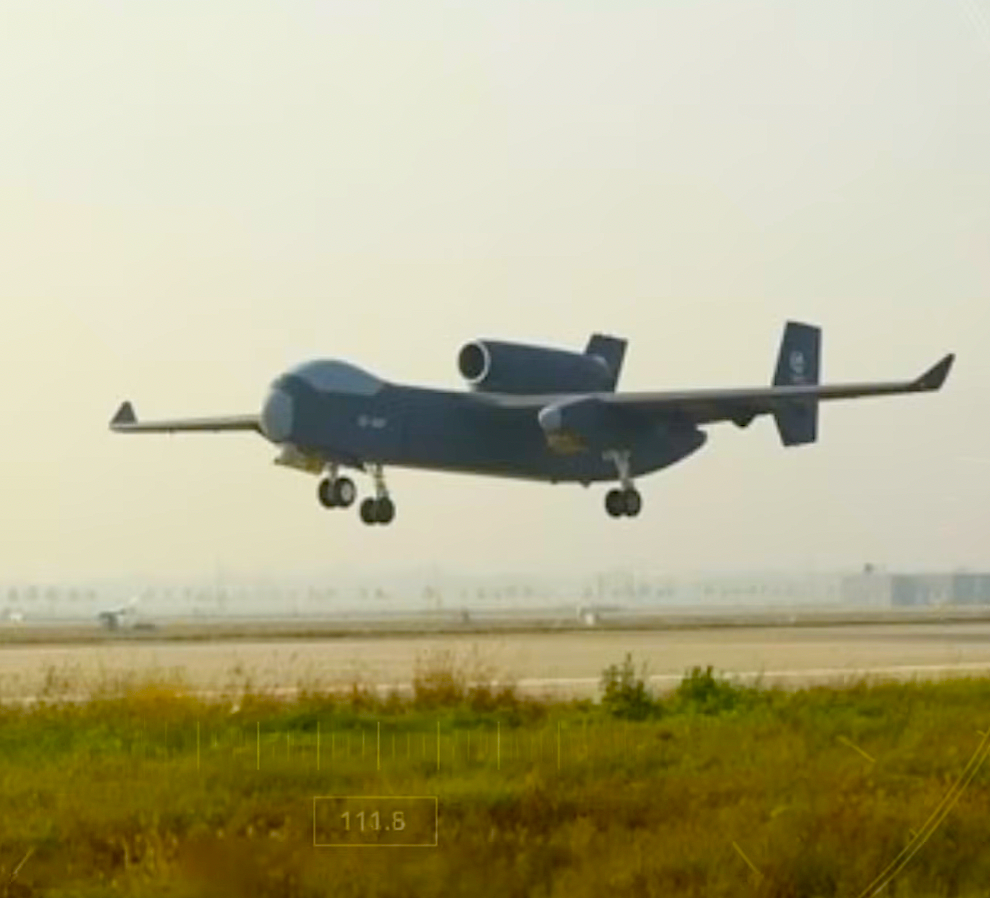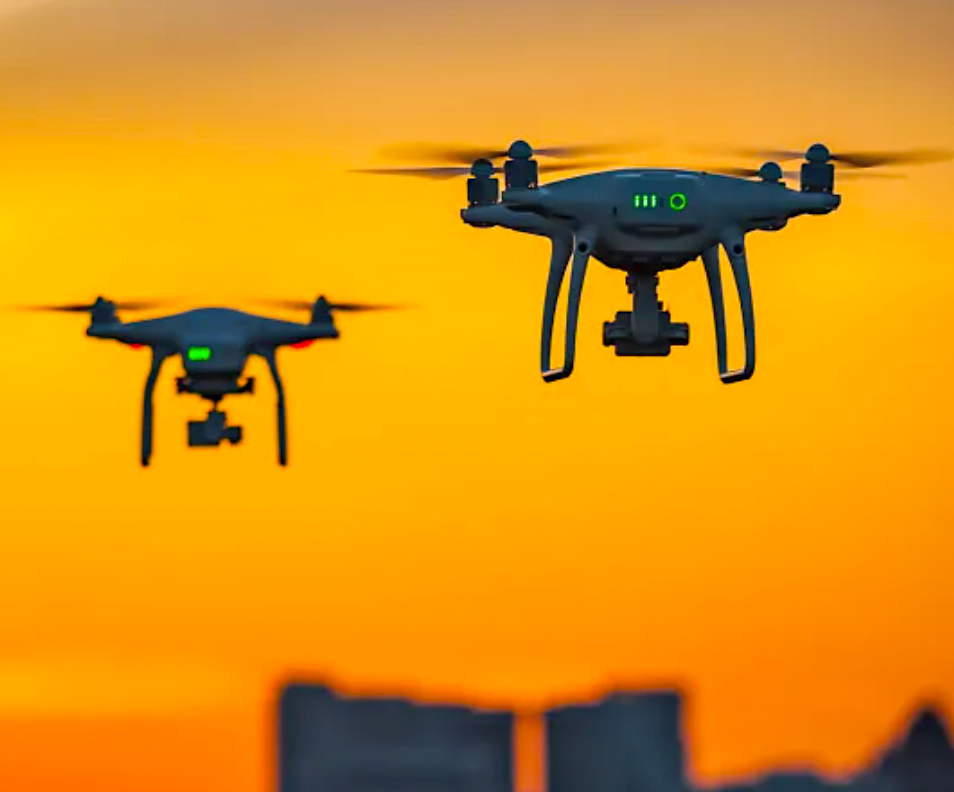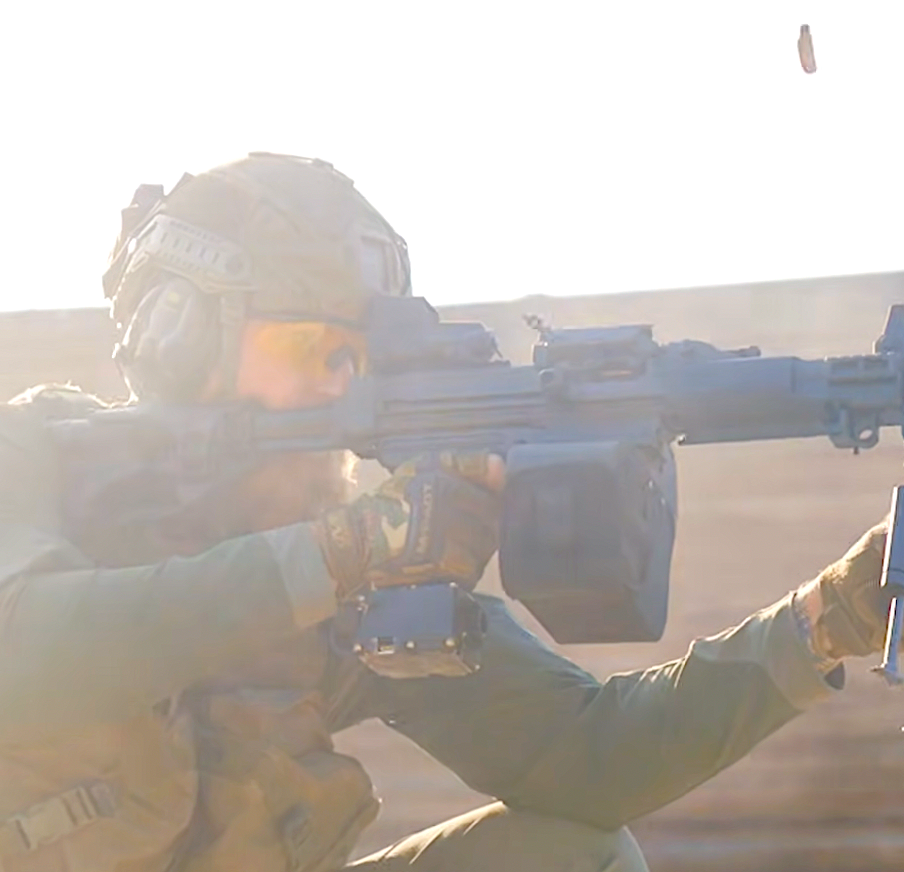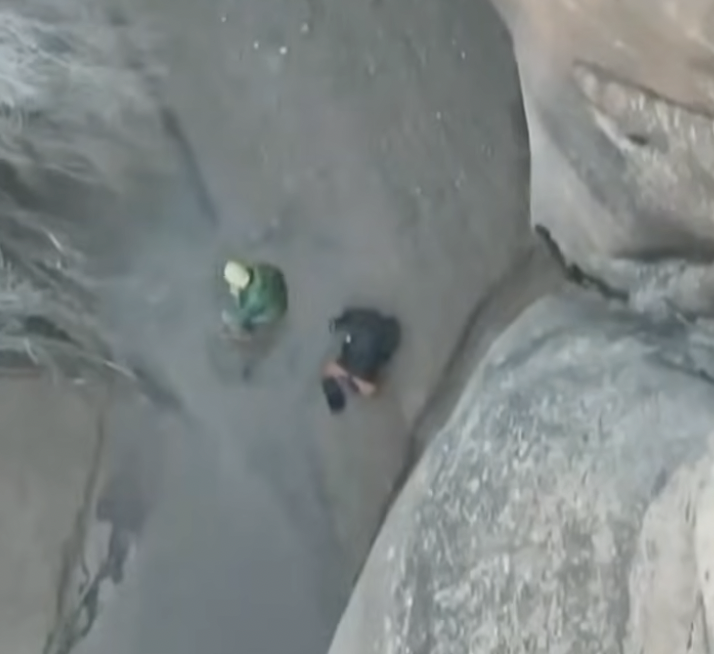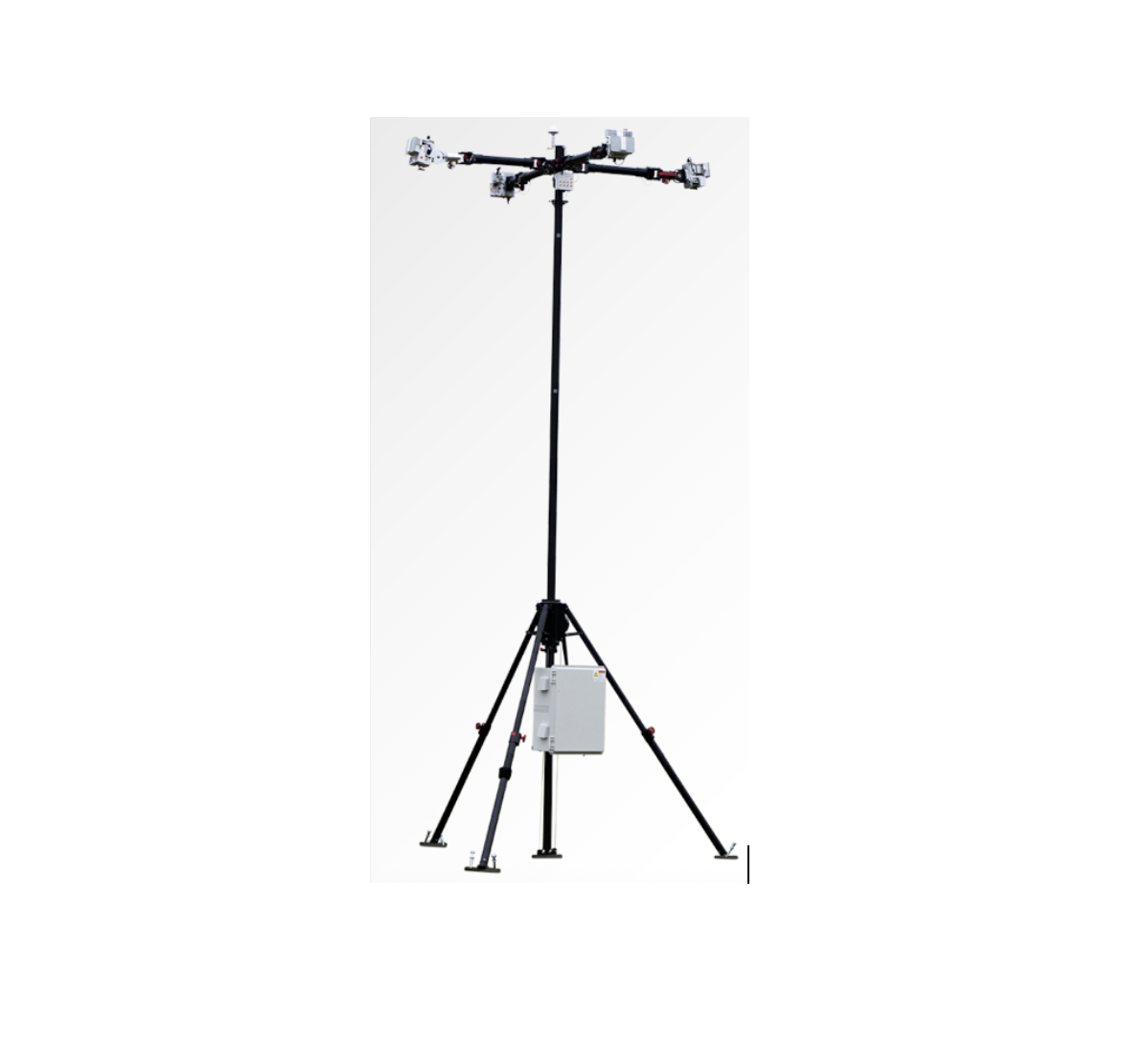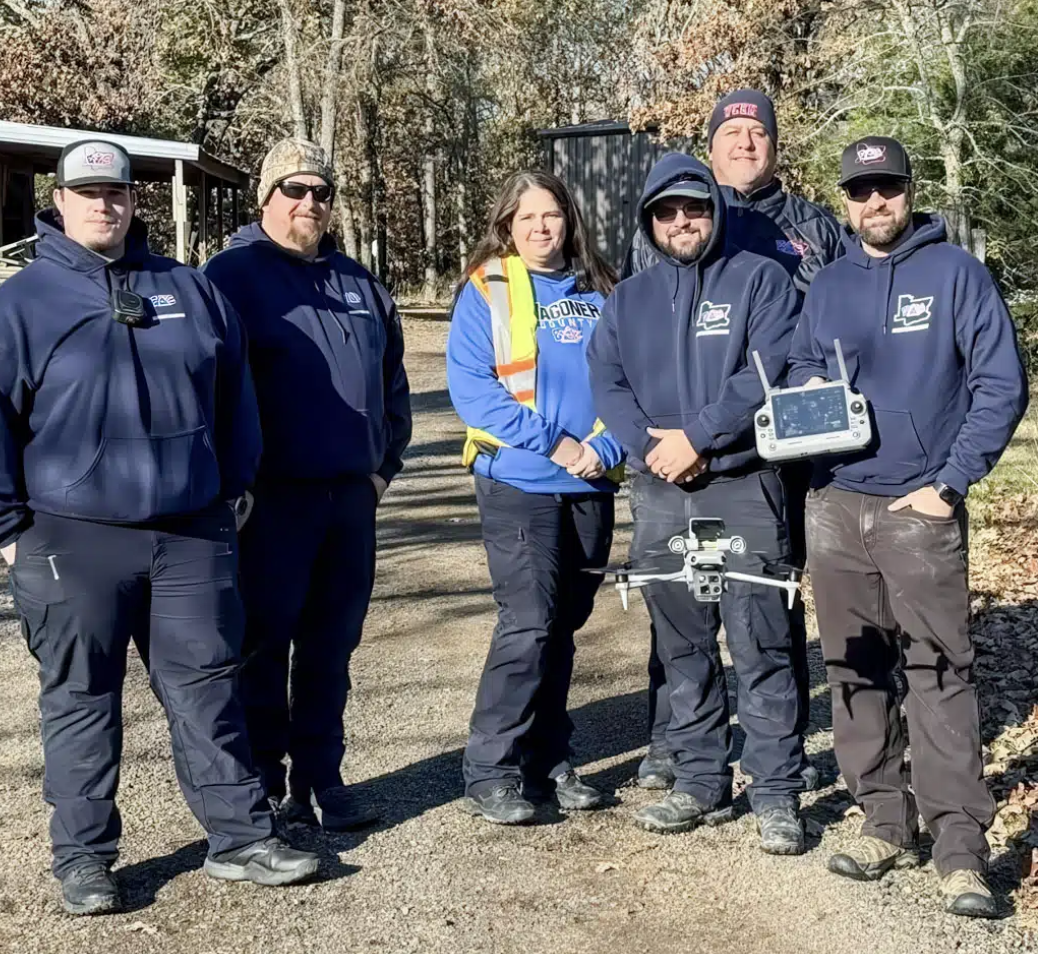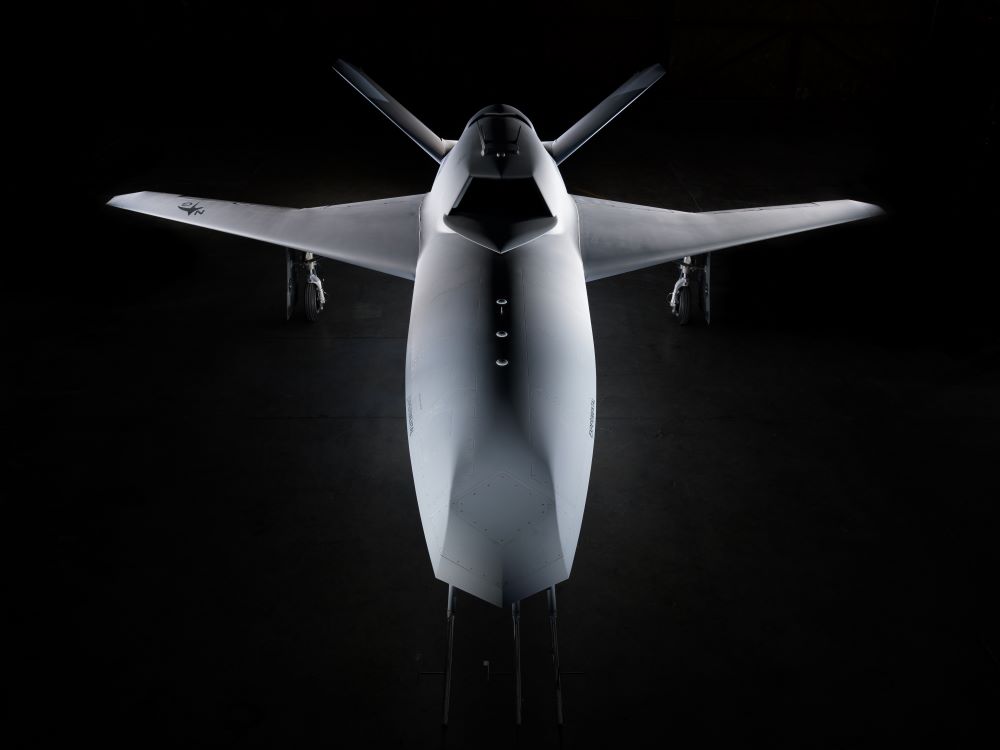Featured NewsTrending NewsGear ReviewsCompared! DJI Air 2S vs DJI Mavic 3
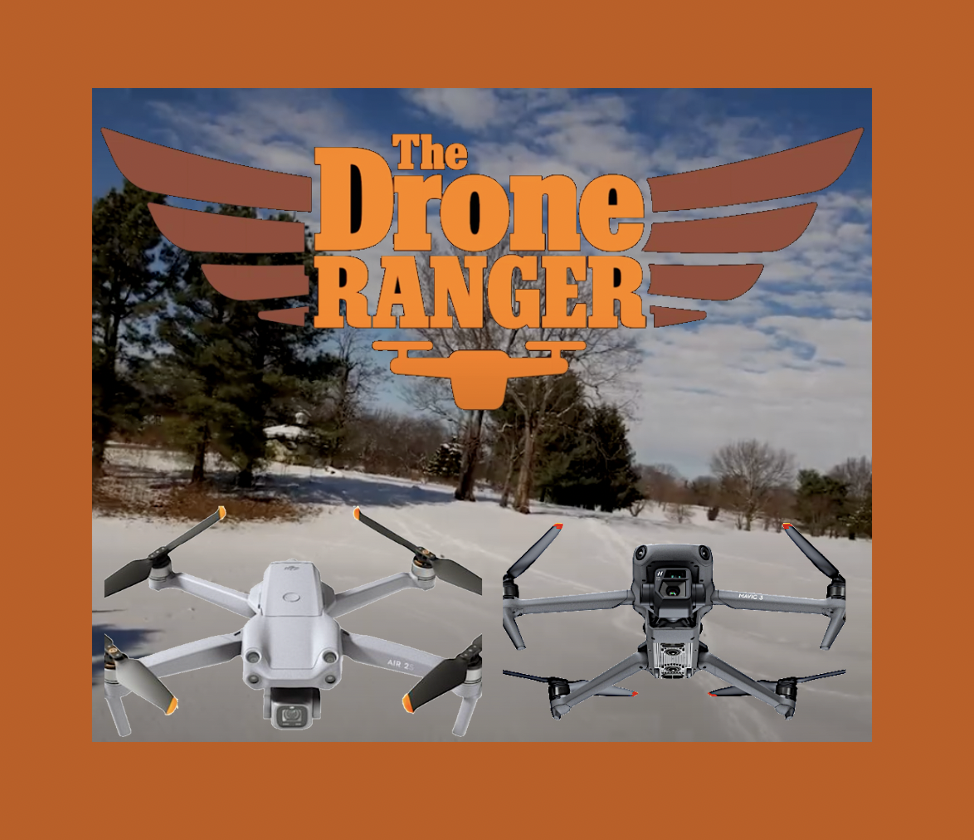
2 December 2022
By Nathan Sheets, The Drone Ranger
In the world of unmanned systems, there are many decisions an operator must make.
What’s the best angle for a certain shot? How many batteries do I need, or how long will they last? What kind of safety equipment should I use?
I believe the most important decision an operator makes is one that happens before the rotors start spinning: Choosing the right aerial platform to work with will have an enormous impact on efficiency, safety, and quality of work.
So, let's zoom right in and launch a comparison of the DJI Air 2S and DJI Mavic 3.
Air 2S
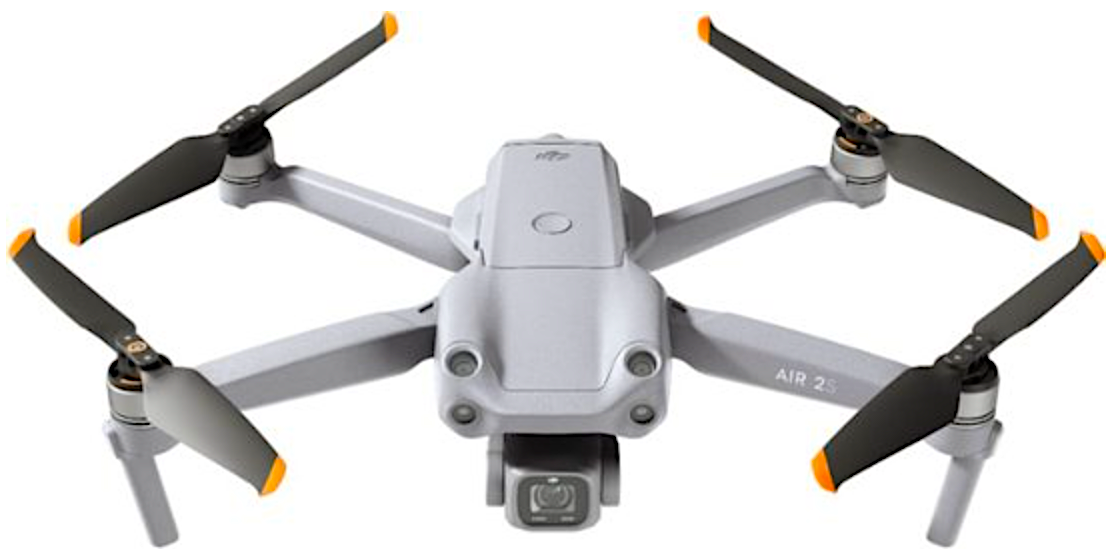
Think of the Air 2S drone as the “Jack of all Trades.” This is a phenomenal drone with capabilities far beyond its price point. However, like the nickname implies, this drone is not geared toward any one specific industry. Instead, it focuses on diversity and breadth of ability without compromising quality.
The full, one-inch sensor enables it to perform adeptly in low-light scenarios. The Active Track modes perform second only to the Mavic 3. The 20 MP photos and 5.4k video are top of the line when compared to the competition of similar size and shape. Finally, the price can’t be beaten for what you get.
The DJI Air 2S is also smaller than most of the competition. Normally, this would be a disadvantage when talking about power output or performance. However, the size is one of the things that set this drone apart. The Air 2S is smaller when compared to the Mavic 3, Phantom 4 Pro, and even the Mavic 2 Pro. This allows the drone to perform much better in windy conditions. The aforementioned drones all snag a bit more wind than the Air 2S, and this allows the smaller counterpart to shoot and record in windy conditions without needing heavy editing around the gusts. This is especially true in the cell-tower industry where many operations are at altitude. It is absolutely vital that these operators capture quality images for their clients without wasting their time and equipment on reshoots due to blurry or bumpy footage.
Another top quality of this little drone is the ADSB-In that DJI implemented. For those who don’t know, ADSB, or Automatic Dependent Surveillance-Broadcast, is how Air Traffic Control keeps track of manned aircraft in controlled airspace. This broadcast transmits vital information such as altitude, heading, type of aircraft, groundspeed, and identification number. In the drone world, it is used by operators to determine the proximity of another manned aircraft flying nearby. Now, if each operator is following the regulations and are operating safely, this technology would be redundant. But if there’s anything I’ve learned in my seven years in the aviation industry, it’s that redundancy means “saving your bacon." This technology onboard the Air 2S will warn the operator when a manned aircraft is nearby and give them the location that aircraft is from the drone itself.
The keyword I want you to think about when you’re considering buying the Air 2S is “value." This drone is the ultimate value in the mid-tier, professional drone market. This is the perfect drone for:
• New entrepreneurs just starting into the drone world who aren’t sure what industry to dive into.
• Professionals who need a high quality backup drone that will cover all the bases needed in a backup.
• Hobbyists who don’t want to splurge on something more expensive but enjoy quality photos and video.
• Drone service providers who need a drone that can perform in windy conditions.
Shot on the Air 2S
Mavic 3
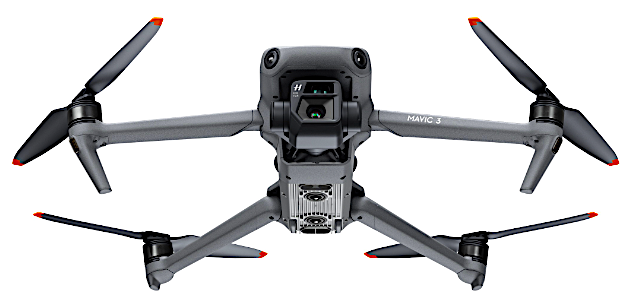
Released in winter 2021, the Mavic 3 is the flagship drone model from DJI, and the company has already released three or four variants on the Mavic 3 body. The design is sleek and clean with very solid performance in windy conditions.
Unlike the Air 2S, the Mavic 3 was built with a purpose. The Mavic 3 is geared toward providing the highest-quality videography in the market, and it absolutely knocks the competition out of the park. This drone offers D-LOG and normal color profiles in multiple video-recording formats—including the unique Cinematic 4K. Footage from the drone, even in the normal profile looks incredible.The 4/3 inch sensor on the Mavic 3 is 33 percent bigger than the Air 2S, but the performance is comparable from my experience. This is the drone for anyone needing the highest-quality video-recording capable while staying in the mid-tier drone market.
The biggest upgrade in the Mavic 3 was the addition of a second lens. The telephoto lens has a native 7x zoom that creates the most incredible parallax of any drone on the market. This is the tool that videographers needed to take the next step in their creative journey and unlock new sites and views for their viewers and clients. This lens has a fixed aperture of f2.8 and is much smaller than the main one. This means if you are shooting in bright sunlight, ND filters are a must.
All in all, the Mavic 3 is an incredibly capable drone that is well worth the high price. This drone unlocks so much creative potential while refusing to compromise anywhere else. This drone is perfect for:
• High-level professionals looking to add a dependable drone.
• Drone service providers looking to branch into the videography realm.
• A professional drone operation that wants to focus on their videography clients.
Shot on the Mavic 3
The Big Differences Between the Air 2S and Mavic 3
Still not sure which one is right for you? Let me give you some quick pros and cons for each.
Cost: At $2,849 for the Fly More Combo, the Mavic 3 comes in about twice as expensive as the Air 2S.
Adjustments: The Air 2S does not have an adjustable aperture. The Mavic 3 does.
Obstacle Avoidance: The Mavic 3 has omnidirectional obstacle avoidance, while the Air 2S doesn’t have sensors facing to the sides.
Battery Life: The Mavic 3 batteries last about 12 to 15 minutes longer than those of the Air 2S, which equates to about a 30-percent increase in flight time for the Mavic 3 over the Air 2S.
Telephoto Shots: The Mavic 3 telephoto lens gives the ability to enhance a viewer's interest by creating an incredible parallax in a shot that would normally be nice and wide.
The Final Verdict?
Which drone wins? The real winner will be you—after you’ve read this review and purchased the drone that best fits your needs. You’ll enjoy taking it flying and not feel like you wasted any money or invested in the wrong asset. Of course, you must always take into account your own business model, needs and wants, competition, and clientele before making the decision that's right for you.
About The Drone Ranger
Nathan Sheets owns and operates The Drone Ranger—a drone service provider in Louisville, Kentucky that operates in multiple UAS realms, including cell-tower inspections, videography, and construction management. Sheets has a Bachelor’s of Science in Professional Flight from Eastern Kentucky University, and has amassed more than 400 fixed-wing flight hours. Sheets has been flying drones professionally for two-and-a-half years. Find out more about us at thedronerangerky.com, instagram.com/thedronerangerky, facebook.com/DroneRangerKY, and youtube.com/@thedronerangerky.

